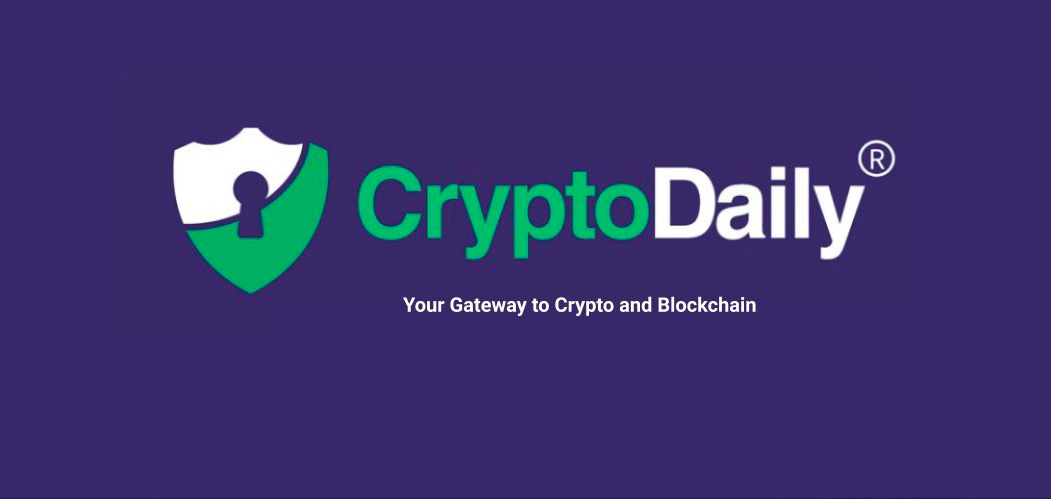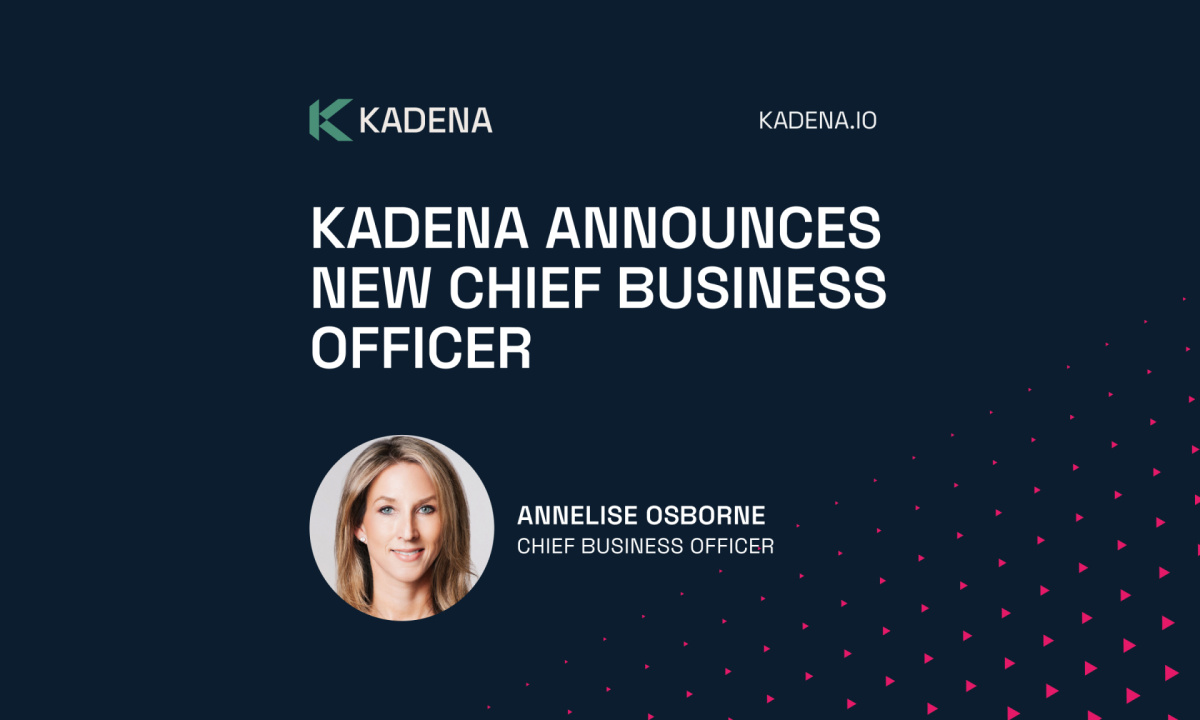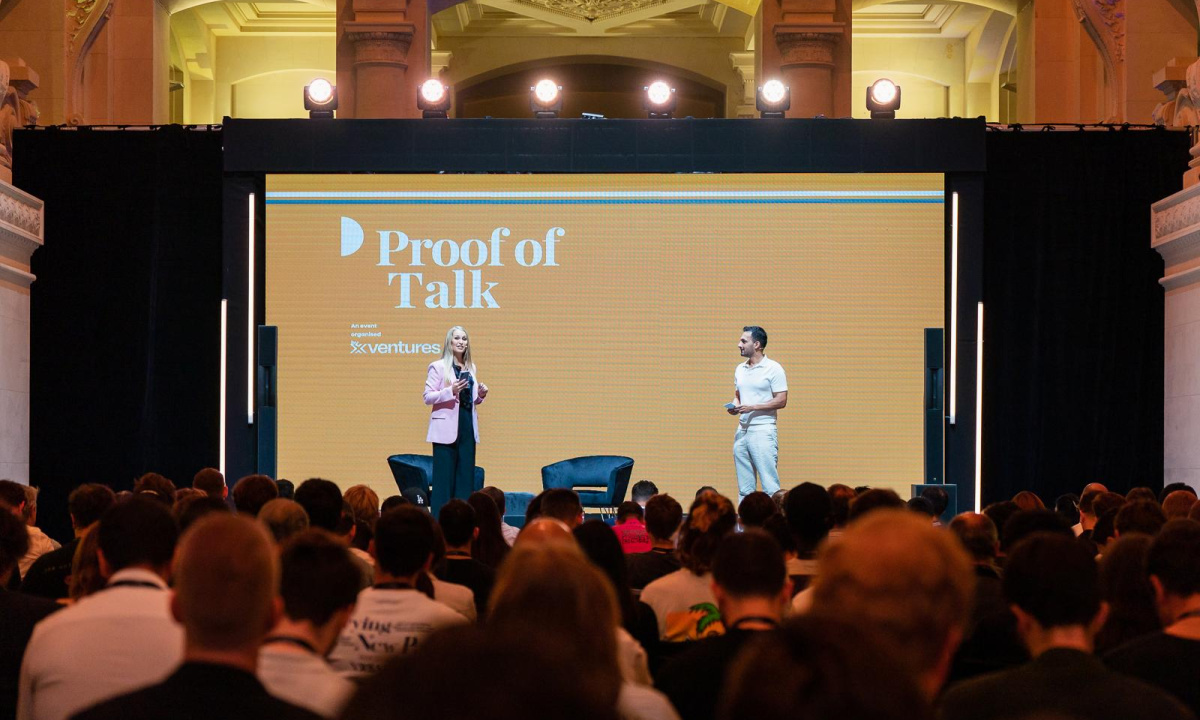Ripple is constantly being discussed in the crypto space from both supporters of the firm and people who aren’t as interested. The word Ripple itself can refer to several areas, including the native token XRP, Ripple Labs, the Ripple protocol and so on.
Each of these has different roles to play in the Ripple ecosystem and are both important for traders to make better investment decisions.
Ripple Labs
To start with, let us talk about Ripple Labs.
Ripple Labs is what owns everything to do with Ripple. Based in California, the software firm behind the development of the Ripple protocol and the XRP token. It was originally founded in 2012 as ‘Opencoin’ by Jedd McCaleb and Chris Larsen but it was rebranded to Ripple Labs in 2015.
As of this year, the firm has raised just under $100 million in funding following a list of investors including Google Ventures, Standard Chartered, Accenture, Andreeson Horowitz.
Ripple Labs operate quite a number of validator nodes on the Ripple network which allows them significant control over the Ripple Protocol during this time.
To continue...
The Ripple Protocol
The Ripple Protocol is an interbank settlement protocol which is designed with quicker cross-border transactions across different countries and asset classes in mind.
How everything works on the Ripple Protocol is through traditional banking systems which require one of two things for settlements between accounts from different banks. As said by Use The Bitcoin, it is sort of like “an ‘IOU’ from one bank to another. The transaction will be recorded on each bank’s books and settled at a later date, so the recipient can have access to their funds immediately.”
If this doesn’t work, then the first bank will need to have an account open with the second so that they can make an actual deposit to the second bank. Only then can the recipient access funds from their account.
XRP
This is the native currency of the Ripple network and while XRP has relatively low transaction fees, it isn’t actually XRP that is used for cross-border currency swaps in some cases. Settlements in the Ripple Protocol can be done in any asset which includes the euro, USD or even Bitcoin. Take Santander's OnePayFX app for example which uses Ripple technology to facilitate fiat cross-border payments.
What are your thoughts? Let us know what you think down below in the comments!
Investment Disclaimer





